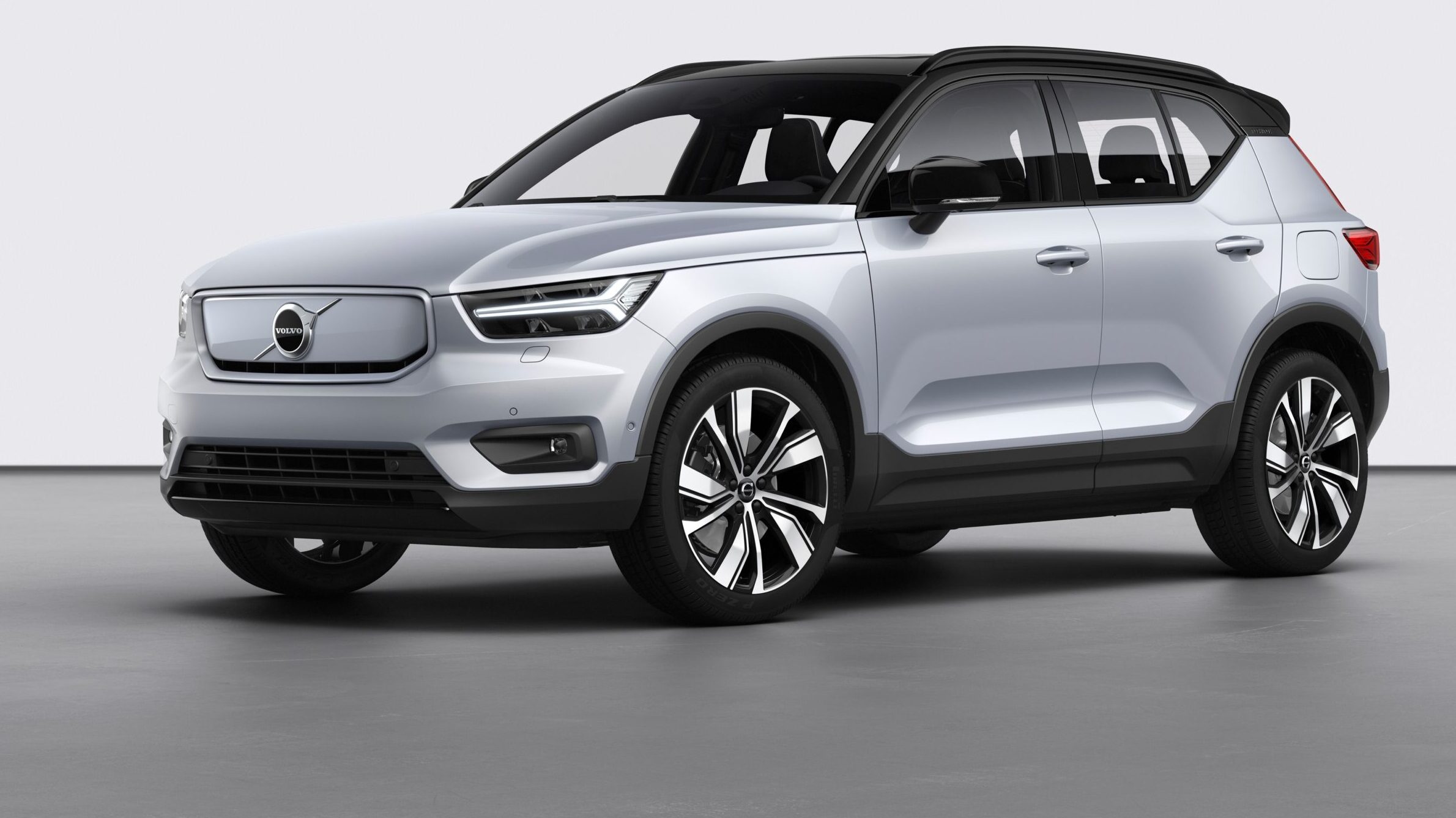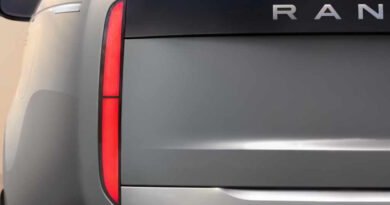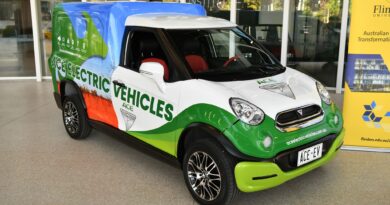Loss-making Volvo pins it hopes on electrification
While EV start-up Tesla is celebrating its profitability despite the coronavirus, Volvo is counting on electrification to bounce back from a loss it blames on the pandemic.
The Chinese-owned Swedish automaker recorded an operating loss of about $156 million in the first six months of 2020, as sales and revenue fell.
But company global boss Hakan Samuelsson took encouragement from the 78.9 per cent increase in demand for chargeable plug-in hybrid models sold under the Volvo Recharge brand.
“The downturn we saw in the first half is a temporary one,” said Samuelsson. “We expect to see a strong recovery in the second half of the year and our Recharge range of electrified cars puts us in a strong position to meet the emerging trends we are seeing.”

“This pandemic has strengthened our confidence that our strategic ambitions are the right ones and that an accelerated transformation of our business will lead to long-term growth,” said Samuelsson. “We will continue to focus on and invest in electrification, online sales and connectivity.”
Volvo says it is the only car-maker to offer a plug-in hybrid variant on every model in its portfolio. Later this year, it will start production of the XC40 P8 Recharge, the company’s first fully electric model and the first of several fully electric models to be launched in coming years.
In Australia it most recently launched the PHEV version of the popular XC40 compact SUV while the P8 will follow in the second or third quarter of 2021.
Volvo already offers plug-in hybrid versions of the XC60 and XC90 SUVs and S60 and V60 passenger cars in Australia.
The XC40 PHEV combines a 134kW/265Nm 1.5-litre turbo three-cylinder petrol engine with a 61kW/160Nm electric motor fed by a 10.7kWh lithium-ion battery pack.
In Australia, according to VFACTS data, Volvo sales were down 11.9 percent year-on-year.
Volvo sales dipped 3 percent in China in the first half of 2020, 13.7 percent in the USA and 25.5 percent in Europe. Globally sales were down 20.8 percent to 269,962 vehicles.
“If the market recovers as we expect, we anticipate sales volumes to return to the levels we saw in the second half of 2019 and it is our ambition return to similar profit levels and cash flow,” said Samuelsson.




